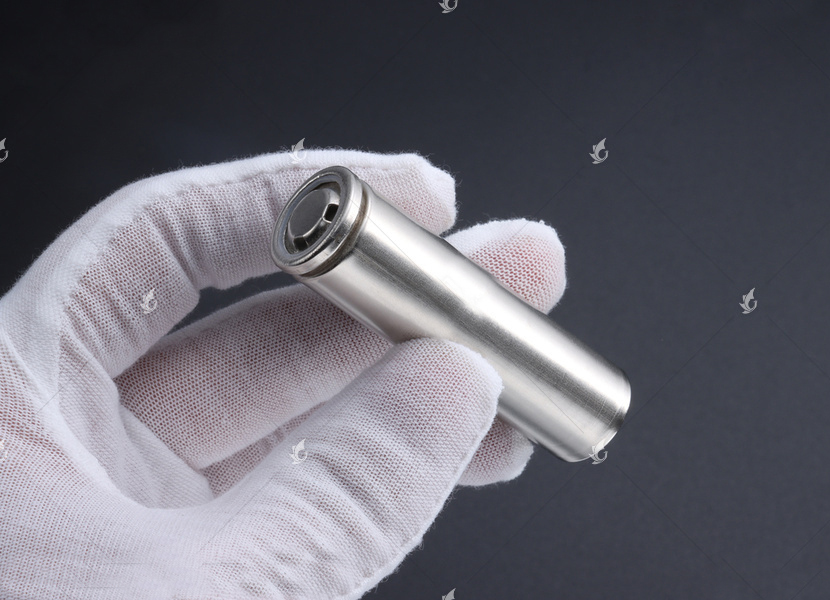The Evolution and Applications of Lithium-Based Batteries: Li-SOCl₂ battery, Li-MnO₂ battery and Ultra-Thin Cells
The Evolution and Applications of Lithium-Based Batteries: Li-SOCl₂ battery, Li-MnO₂ battery and Ultra-Thin Cells

In the ever-evolving world of energy storage, lithium-based batteries have established themselves as the go-to solution for a wide range of applications. Among these, Li-SOCl₂ batteries, Li-MnO₂ batteries, and ultra-thin cells have emerged as prominent players, each with their unique set of characteristics and applications. This article delves into the intricacies of these batteries, exploring their chemical makeup, operating principles, advantages, disadvantages, as well as their applications in various fields.
1. Introduction to Lithium-Based Batteries
Lithium-based batteries are a class of rechargeable and non-rechargeable batteries that utilize lithium compounds as one of the electrodes. Lithium's high energy density, low atomic mass, and electrochemical properties make it an ideal candidate for battery applications. Lithium-based batteries can be broadly classified into two categories: primary (non-rechargeable) and secondary (rechargeable). However, for the purpose of this article, we will focus on the non-rechargeable variants, specifically Li-SOCl₂ and Li-MnO₂ batteries, as well as ultra-thin cells.
2. Li-SOCl₂ Batteries
2.1 Chemical Composition and Operating Principle
Lithium thionyl chloride (Li/SOCl₂) batteries are primary batteries that utilize lithium as the anode and thionyl chloride (SOCl₂) as the cathode. The electrolyte, typically a mixture of thionyl chloride and lithium aluminum chloride (LiAlCl₄), acts as a separator between the anode and cathode. During discharge, lithium ions migrate from the anode to the cathode, where they react with SOCl₂ to form lithium chloride (LiCl), sulfur dioxide (SO₂), and chlorine gas (Cl₂). This electrochemical reaction releases electrons, generating an electrical current.
2.2 Advantages
Li-SOCl₂ batteries are renowned for their high energy density, which is attributed to the lightweight nature of lithium and the high theoretical capacity of the SOCl₂ cathode. They also exhibit a relatively flat discharge curve, maintaining a stable voltage output throughout most of their discharge cycle. Furthermore, these batteries have a long shelf life, often exceeding 10 years, due to their hermetically sealed construction and the absence of water or other contaminants that can degrade the electrolyte.
2.3 Disadvantages
One of the major disadvantages of Li-SOCl₂ batteries is their high cost, primarily due to the use of expensive materials and the complex manufacturing process. Additionally, the discharge products, including sulfur dioxide and chlorine gas, are corrosive and hazardous, requiring special handling and disposal measures.
2.4 Applications
Due to their high energy density and long shelf life, Li-SOCl₂ batteries are commonly used in applications where weight and size are critical factors, such as in satellites, space probes, and military equipment. They are also found in medical devices, such as implantable pacemakers, where a long and reliable power source is essential.
3. Li-MnO₂ Batteries
3.1 Chemical Composition and Operating Principle
Lithium manganese dioxide (Li/MnO₂) batteries are another type of primary battery, employing lithium as the anode and manganese dioxide (MnO₂) as the cathode. The electrolyte, typically a lithium salt dissolved in an organic solvent, facilitates the migration of lithium ions between the anode and cathode. During discharge, lithium ions move from the anode to the cathode, where they react with MnO₂ to form lithium manganese oxide (LiMn₂O₄) and release electrons.
3.2 Advantages
Li-MnO₂ batteries are known for their good safety profile, as they are non-flammable and do not emit hazardous gases during discharge. They also have a relatively high energy density and a stable discharge voltage, making them suitable for a variety of applications. Additionally, these batteries are more cost-effective compared to Li-SOCl₂ batteries, due to the use of less expensive materials.
3.3 Disadvantages
While Li-MnO₂ batteries offer several advantages, they also have some limitations. One major disadvantage is their lower energy density compared to Li-SOCl₂ batteries, which restricts their use in applications requiring high power output. Furthermore, these batteries tend to have a shorter shelf life, often less than 5 years, due to the gradual degradation of the electrolyte.





